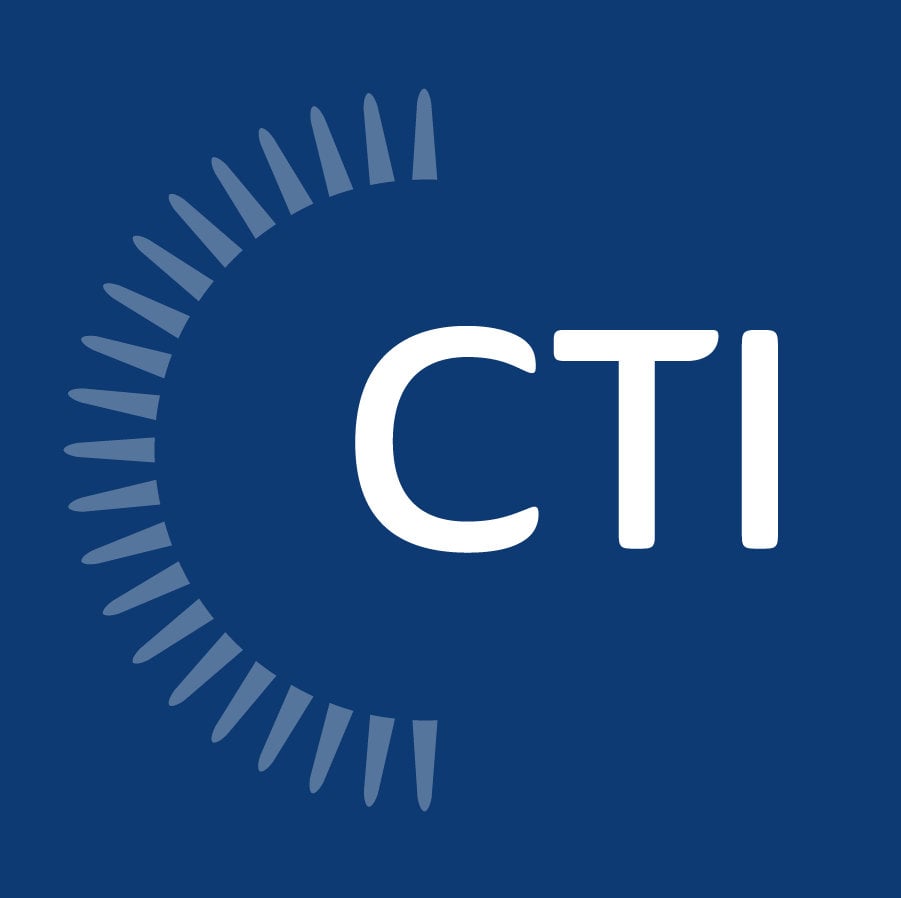
It has been a tough few years.
Between an unprecedented and painful economic contraction due to the COVID-19 pandemic and the subsequent supply-side shocks and inflationary pressures, businesses are eager to find ways to save money and improve their bottom line by any means, while also seeking to innovate to better perform in an ever-increasingly competitive environment. For many businesses, this includes renewed exploration of local, state, and federal incentives to help reduce tax liabilities. For a large number of industries, research and development (R&D) tax credits may provide an effective tool in recouping crucially needed cash spent on developing new or improved products or processes. Better still, many companies can take advantage of both federal and state R&D programs concurrently to enjoy even greater benefits.
The federal credit for increasing research activities allows taxpayers to claim a general business credit for engaging in qualified research and development activities. While this may conjure images of researchers in white lab coats performing cutting-edge experimentation and research, the credit is eligible to a much wider array of industries and activities.
Learn More: Companies Feeling the Heat of Amortized Research Expenses |
Starting in 2003, new regulations specifically removed requirements that the credit only be available for activities that advanced the state of the art of an industry. Instead, the new rules and regulations were drafted to incentivize a wide assortment of endeavors which, while not necessarily advancing the state of the art of an industry, nevertheless still require a systematic iterative design and development process to accomplish. The federal credit can yield as much as 20% of the excess of a taxpayer’s qualifying research expenses for the tax year as compared to a historical base amount or benchmark generally computed using a combination of qualifying research expenses and gross receipts of prior tax years. Furthermore, qualified startup companies can claim the credit as an offset of payroll taxes rather than income tax—a helpful option for startups that frequently haven’t begun incurring income tax during initial development years.
To qualify, taxpayers need to demonstrate that the qualifying research expenses included relate to activities that satisfy four elements:
- The activities relate to the development of a new or improved product, process, formula, invention, software, or technique (i.e. a new or improved “business component”);
- The activities must be undertaken for the purpose of discovering information intended to eliminate uncertainty relating to the capability or method for developing or improving the business component, or the appropriate design of the business component;
- The taxpayer utilized a process of experimentation such as systematic trial and error, simulation, or other evaluative processes to assess alternatives intended to eliminate the uncertainty; and
- The process of experimentation fundamentally relied on principles of physical science, biological science, engineering, or computer science.
- Developing new or improved products;
- Creating new or improved production processes;
- Developing new software applications; and
- Creating prototypes or models to evaluate and test new designs.
Though a non-refundable credit, the federal R&D credit can be carried back to the previous tax year in which it was originally claimed, after which it can be carried forward to the next 20 tax years. Additionally, open tax years in which the credit wasn’t previously claimed can be amended in order to create further cash flow opportunities.
While eligibility for the credit has significantly increased in breadth since 2003, it is important to note that certain activities are specifically excluded from the credit, such as:
- Research after commercial production begins;
- Duplication/Adaptation of existing business components;
- Research in the social sciences, arts, or humanities; and
- Research conducted outside the United States, the Commonwealth of Puerto Rico, or any possession of the United States.
The R&D credit is calculated using qualifying research expenses. Qualified research expenditures (QREs) can include wages, supplies, contractor expenses, and even rental/lease costs for computers (i.e. cloud-computing expenses) incurred in the performance of qualifying research activities.
Even more enticing is the fact that these same expenses can be utilized for the purpose of calculating both a federal research credit, as well as any state R&D credits in the states the expenses were incurred in. Consequently, a company incurring substantial QREs in a state with its own R&D credit can frequently receive two instances of tax relief from the same underlying expenses. While state programs vary in terms of rates and eligibility requirements, they frequently mirror the federal eligibility requirements or are relatively similar in application. A list of eligible state programs can be found here.
Though R&D credit programs offer a potentially huge opportunity for tax savings, the credits utilize relatively sophisticated calculation methods combined with significant substantiation requirements. Therefore, it’s crucial that taxpayers seeking to avail themselves of these credits utilize experts dedicated to its calculation and documentation. For more information on the research credit or other tax questions, please consult a tax specialist.



